Did you know that the first women to get the right to vote in Europe were 10 brave teachers from Le Marche? Only Finland had recognized the universal suffrage at the time, when it was still part of the Russian Empire; other European countries were to follow later, in some cases much later.
This whole story is a real crime thriller and it involves 9 teachers from Senigallia and 1 from Montemarciano, who were the only women in Italy to be included in the general electoral roll in 1906.
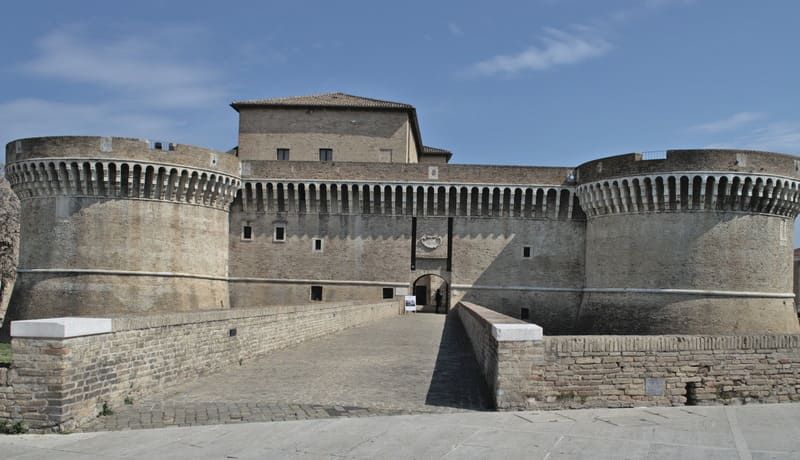
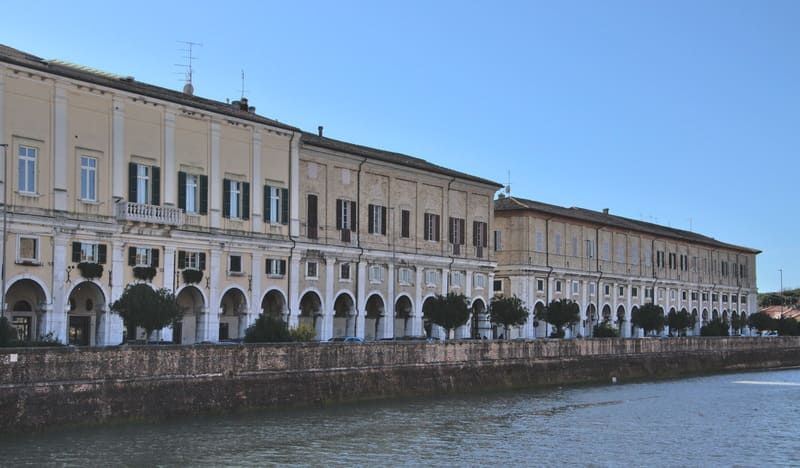
Senigallia 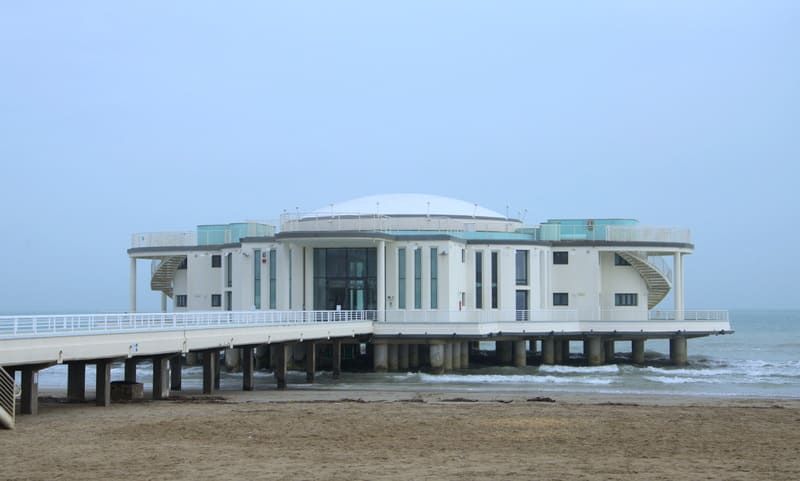
Generally speaking, the late 19th and early 20th centuries, in which our story takes place, were eventful in Italy. Women as teachers were still rare and they were often viewed with skepticism by their fellow citizens. In England and the USA at the same time “suffragettes” were fighting for their right to vote. The struggle was real.

The famous Marchigian doctor and school reformer Maria Montessori from Chiaravalle (to whom we have dedicated a separate post) called on Italian women to be entered on the electoral roll in 1906.
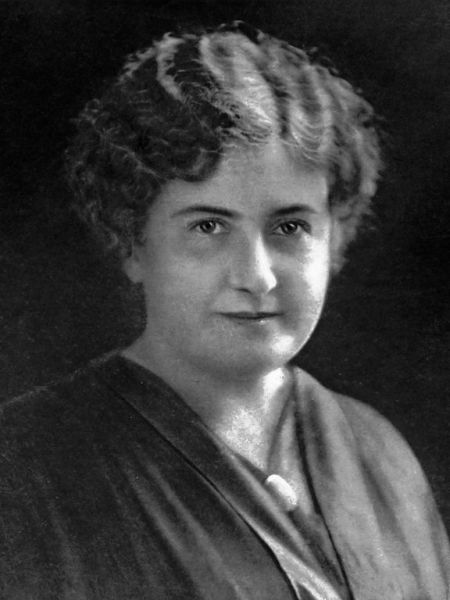
Maria Montessori – Source: Wikimedia Commons 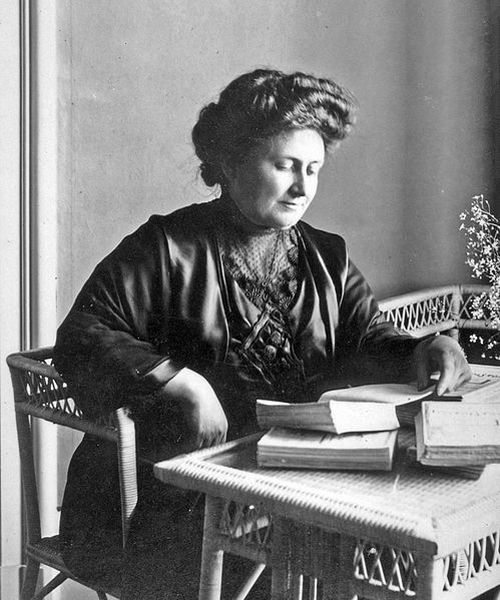
Maria Montessori – Source: Wikimedia Commons
Giulia Berna from Senigallia, women’s rights activist and for her time a very independent woman, decide to organize a meeting at which 9 other teachers from the village decided to submit an application. And many more women across Italy followed this call. But these applications were only accepted in 11 provinces of Italy and in the second instance these applications were rejected by the appeal courts in 10 of these provinces.
But this didn’t happen in Le Marche! Here the respected chairman of the Court of Appeal of Ancona, former law professor and later Minister of Justice of Italy, Lodovico Mortara, decided to allow the applications despite the strong intervention of the royal prosecutor from Rome.

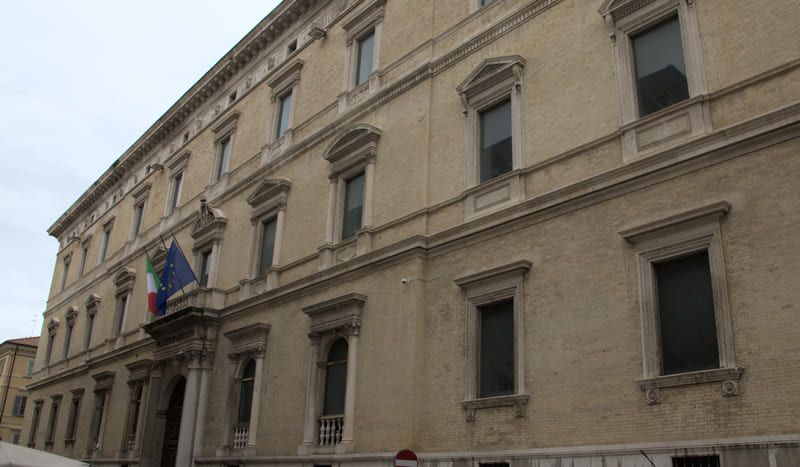
Palace of Justice in Ancona
Although he is said to have been against it as a private person, he saw the legal conditions for the right to vote fulfilled: according to the law, citizens called “regnicoli” should have the same civil and political rights if they were not explicitly excluded from them.
Since the said teachers also paid taxes, were not illiterate and had reached the age of 21, they were “regnicoli” for him, citizens like everyone else. Even if they were women. A scandal!
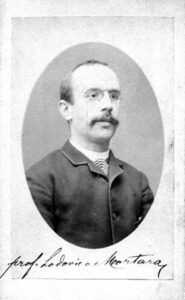
Maria Montessori triumphed and published a declaration of love to “her” Ancona in the daily newspaper “La Vita”.
O Ancona, più che le tue mura, il tuo porto, la tua leggenda, potrà darti gloria il passo politico che tu hai saputo muovere con genio. Tu hai conquistato la donna e la storia.O Ancona, more than your walls, your port, your legend, the political step that you have been able to make with your genius can give you glory. You have conquered the woman and the history.
Aus: “Per il voto politico alle donne” von Maria Montessori, erschienen in der Tageszeitung “La Vita” – 1906
Unfortunately, this achievement did not last a year; the right to vote was withdrawn in May 1907 by the next instance from the Roman Court of Appeal, and in the following decades gloomy times arose with the First and Second World Wars. It was only in 1946 that the universal women’s suffrage was introduced in Italy and all women in the country could vote in the first important post-war elections.
The short, remarkable episode of the 10 teachers from Senigallia and Montemarciano had been forgotten for a long time and only became known again in recent years, when a law professor and various writers worked on the historical material.

In 2006, 100 years later, the Senigallia community finally dedicated a plaque to the women on which the names of the brave women pioneers can be read:
Carola Bacchi, Palmira Bagaioli, Giulia Berna, Adele Capobianchi, Giuseppina Grazioli, Iginia Matteucci, Emilia Simoncini, Enrica Tesei, Dina Tosoni (all from Senigallia) Luigia Mandolini Matteucci (from Montemarciano).
Carola Bacchi, the youngest, was just 21 years old and Iginia Matteucci was the oldest at 42. All of them worked in schools in the countryside around Senigallia and Montemarciano, and, as it was customary at the time, mostly lived in apartments next to their respective schools. At the time, female teachers were often underpaid and they had to wait a long time for a permanent position – unlike their male colleagues. So they had frequent arguments with the authorities and their superiors and maybe this also sensitized them to the issue of the right to vote, because, as we have read, most of the women should not have been particularly politically active before.
Most of them remained primary school teachers near Senigallia, with the exception of Enrica Tesei, who moved to Piedmont in 1910. Giulia Berna, the initiator, died in Ancona hospital in 1957 at the age of 86 after an eventful life. On the 60th anniversary of her death in 2017, there were honors in Ancona in the presence of her descendants.
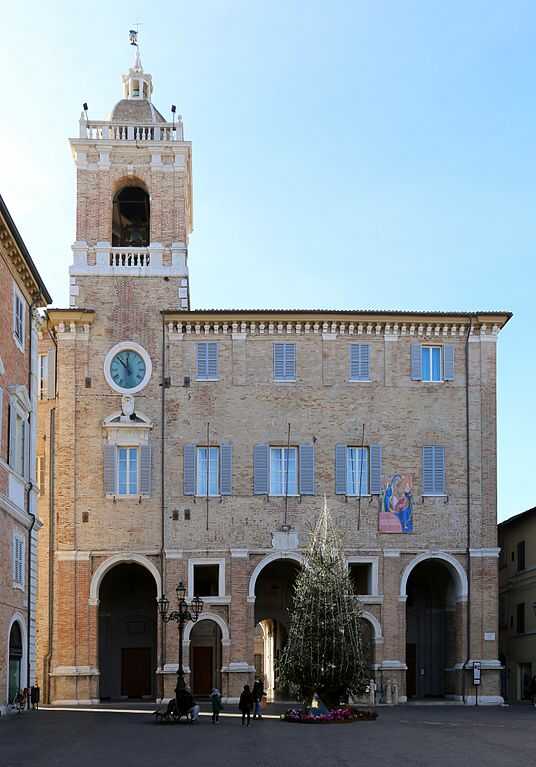
Now you can guess when “universal women’s suffrage” was introduced in other European countries:
Austria 1918, Germany 1918, Netherlands 1919, UK 1928, Belgium 1948, Switzerland 1971. The women from Senigallia had, if only temporarily, achieved something already in 1906!

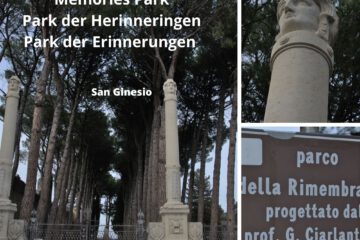

0 Comments